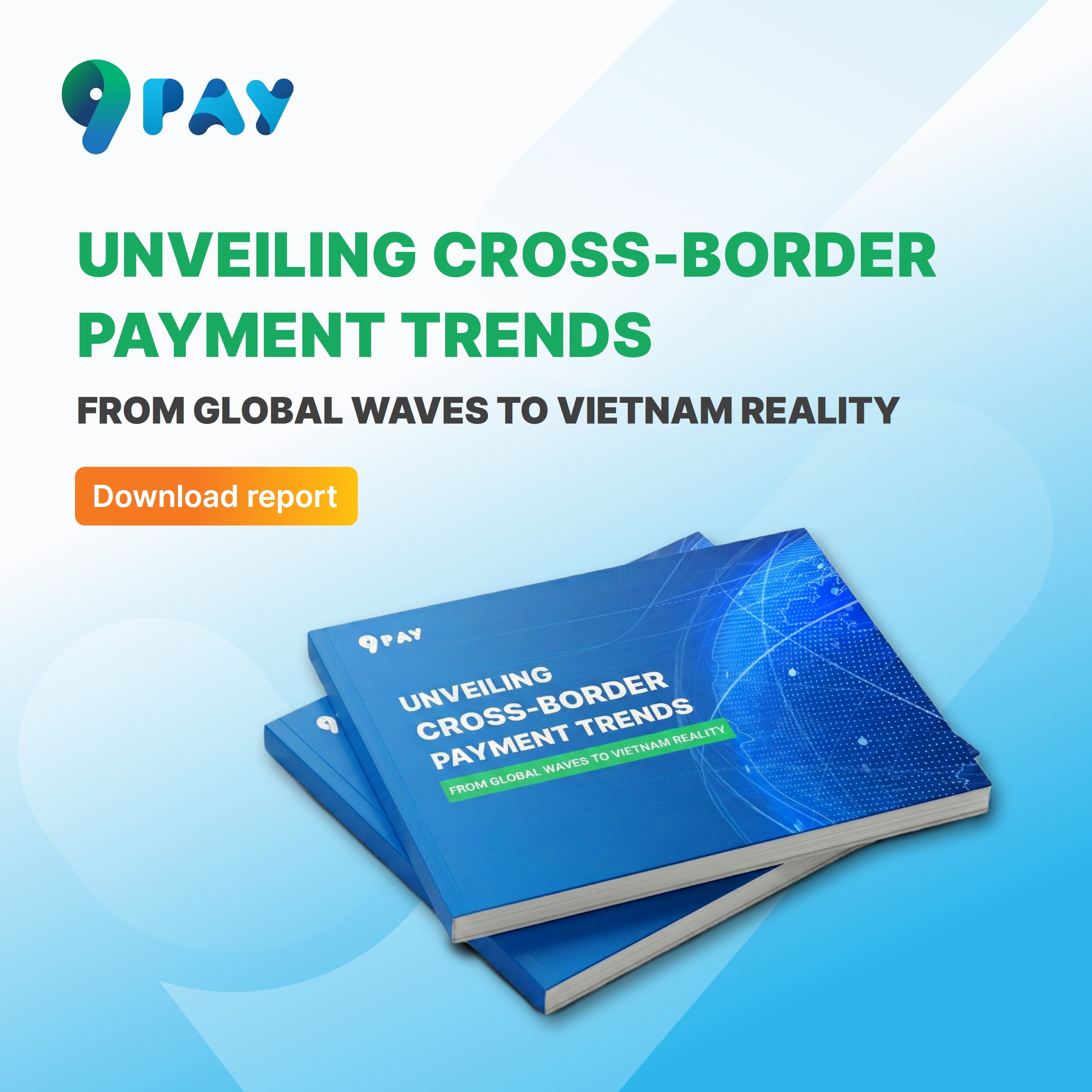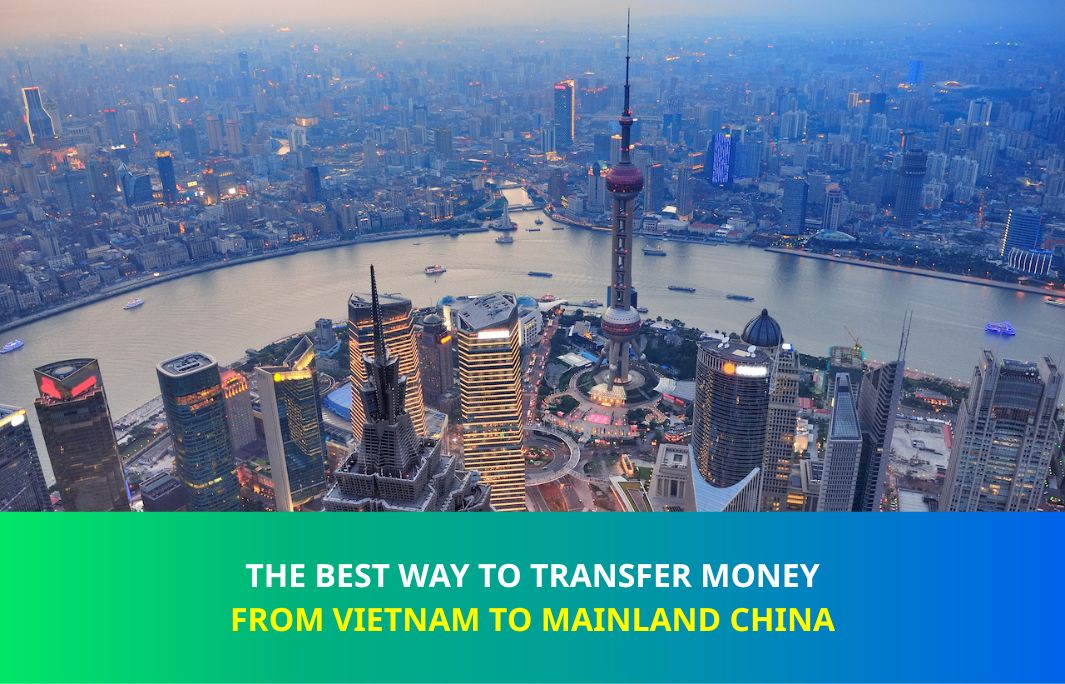The most popular payment methods in Vietnam
This guide gives you the lowdown on currency in Vietnam, popular payment methods in Vietnam today, where to get it - and how to spend it.

Vietnam, a dynamic Southeast Asian economy. For global businesses, investors, and individuals looking to engage with this vibrant market, understanding the prevailing payment methods and the broader financial ecosystem is paramount.
This expert guide delves into Vietnam's digital payment revolution, highlights the most popular local payment options, and addresses key questions for a seamless financial experience.
1. Vietnam: Digital Transformation to Advance Yourself in the New Era
Vietnam is undergoing a rapid transformation in digital technology, positioning itself as a leader in Southeast Asia’s growing digital economy. Vietnam’s digital payments market is booming, valued at over USD 32 billion and projected to grow significantly in the coming years.
With a young, tech-savvy population and strong government initiatives promoting cashless transactions. The National Digital Transformation Programme to 2025 (749/QD-TTg) and the Project on Developing Non-cash Payments for the 2021-2025 Period underscore a national strategy to create a digital ecosystem interconnected with other economic sectors, driving the digital economy's growth. This has paved the way for innovative payment platforms, fintech startups, and partnerships with global financial players.
Major cities like Hanoi and Ho Chi Minh City lead this trend, supported by widespread internet penetration, mobile banking apps, and fintech innovation. QR code payments, e-wallets, and card-based transactions are now commonplace, even in smaller towns and rural areas, reflecting a nationwide shift toward convenience, security, and financial inclusion.
2. Popular local payment methods in Vietnam
2.1. QR code payments
QR code-based payments have been a game changer in Vietnam, especially for small and medium-sized businesses. Almost all banks and e-wallet applications in Vietnam integrate QR code payments, making it easier for businesses and customers to complete transactions without requiring bank cards. Customers simply scan the merchant's unique QR code to pay for products or services, making the payment process quick, secure, and hassle-free.
This method is particularly useful for street vendors and small shops that might not have access to traditional point-of-sale (POS) systems. The ease of use and low cost of implementation have made QR payments a popular choice in Vietnam's urban and rural areas alike.

2.2. Cash payments
Despite rapid digitization, cash remains a widely used payment method, especially in rural areas and for small transactions. Local markets, street food vendors, and small businesses still primarily deal in cash. Vietnamese dong (VND) is the official currency, with banknotes ranging from 1,000 to 500,000 dong. However, the government’s push for a cashless society is gradually reducing cash dependency.
2.3. E-Wallets and Mobile payments
E-wallets such as 9Pay, MoMo, ZaloPay, and VNPay dominate Vietnam’s digital payment scene. These platforms allow users to pay bills, tranfer money, top up mobile phones, game card recharge, shop online, and even hail rides—all from their smartphones. By 2024, over 60% of Vietnamese consumers regularly use QR code payments linked to these e-wallets, surpassing traditional card payments.
Some online e-wallets are also accepted in major cities such as Apple Pay, SamSung Pay. The convenience, security, and government support behind QR code adoption make this the fastest-growing payment method in Vietnam.
Read more: 9Pay: The leading international payment Intermediary in Vietnam
2.4. Bank cards (Debit and Credit)
Bank cards remain a popular payment option, especially in urban areas and for e-commerce transactions. Vietnam’s banking sector offers a variety of cards accepted widely at retail stores, restaurants, and online platforms. Both domestic and international cards are used, though some merchants may prefer local cards for lower fees. Visa, Mastercard, and JCB are accepted in many hotels, restaurants, and malls. As of late 2023, there were over 113 million domestic cards and 32 million international cards in circulation.
2.5. Bank transfers
Bank transfers are common for business transactions and bill payments. Customers can transfer money via ATMs, online banking, or mobile apps. This method is secure and widely accepted for larger payments or invoices.
3. FAQs about payment methods in Vietnam
What is Vietnam's currency?
The official currency in Vietnam is Dong. The symbol for the Dong is "₫", and it is often abbreviated as "VND. It is issued in banknotes with denominations such as 1,000, 2,000, 5,000, 10,000, 20,000, 50,000, 100,000, 200,000, and 500,000 VND. Vietnam used to issue coins, but after a period of circulation, this currency was gradually forgotten due to inconvenience in storage and was no longer used by the people.
How much is Vietnamese money worth?
The value of the Vietnamese Dong can fluctuate based on market conditions. As of mid-2025, the approximate exchange rate for USD to VND is around 1 USD = 25,200 VND, so a 500,000 VND note would be equivalent to your 20 USD. The exchange rate is subject to change, so it is advisable to check current rates before making any conversions.
How do foreigners pay in Vietnam?

Foreigners in Vietnam can pay using a variety of methods, including:
Credit/Debit Cards: Visa, MasterCard, JCB and American Express are widely accepted in most major cities, particularly in hotels, international restaurants, and retail chains. However, smaller businesses or those in rural areas may not accept international cards.
Mobile Payments: Many foreign visitors use international mobile payment services such as Apple Pay or Google Pay in Vietnam. However, these services may not be as universally accepted as local mobile wallets like 9Pay, Momo or ZaloPay. International travelers can link their foreign credit/debit cards to popular e-wallets for convenient payments.
Cash: Essential for smaller purchases, street food, local markets, and transportation (taxis, xe om). Tourists should carry cash, especially when visiting rural areas or local markets.
What's the best way to exchange my money in Vietnam?
Exchanging money in Vietnam can be done at a variety of locations, including:
Currency exchange offices: Located in most tourist areas and major cities, these offer competitive rates.
Banks: Major Vietnamese banks like Vietcombank, VietinBank, BIDV offer currency exchange services, but their rates may not be as favorable as exchange offices, wait times can sometimes be long.
ATMs: International ATMs allow you to withdraw Vietnamese Dong directly using your credit or debit card. However, keep in mind that foreign banks may charge additional fees.
Airport exchange counters: For convenience, visitors can exchange money directly at the airport for immediate use. It’s best to avoid exchanging large sums at airports or hotels, as their rates tend to be less favorable.
What are the best banks in Vietnam?
The best banks in Vietnam for international visitors are Vietcombank, BIDV, Techcombank, and VietinBank. These banks have wide ATM networks, offer competitive exchange rates, and provide English-language customer service in major cities.
Vietcombank is trusted for currency exchange and supports most international cards.
BIDV is one of the oldest banks, with extensive coverage and reliable services.
Techcombank is known for its modern digital banking experience and easy-to-use mobile app.
VietinBank offers convenient in-branch services and responsive support for travelers.
Most of these banks support international debit/credit cards, digital payment options and their branches are easy to find in big cities like Hanoi, Da Nang, and Ho Chi Minh City.
Read more:








